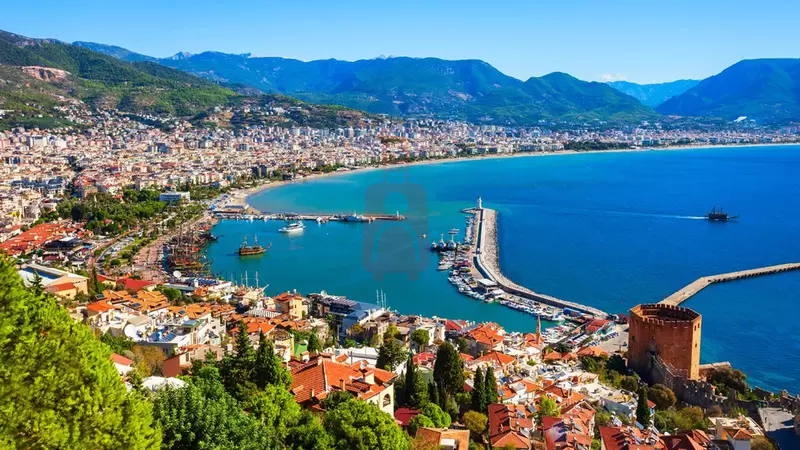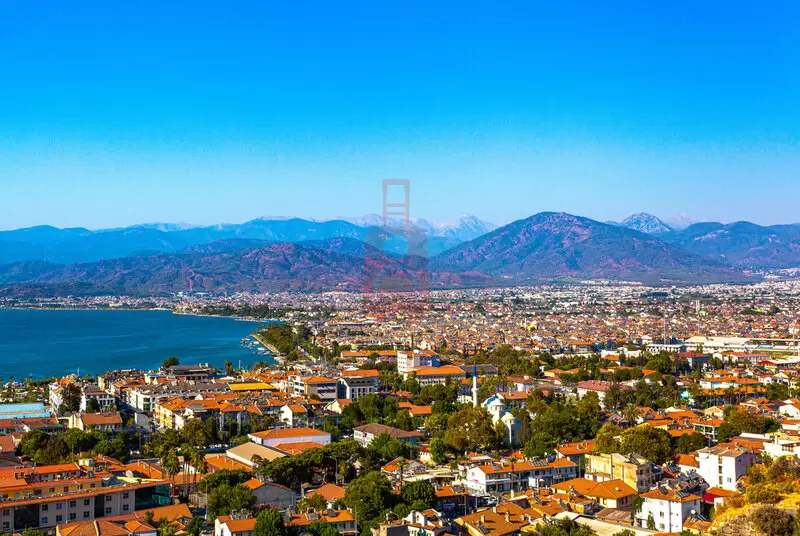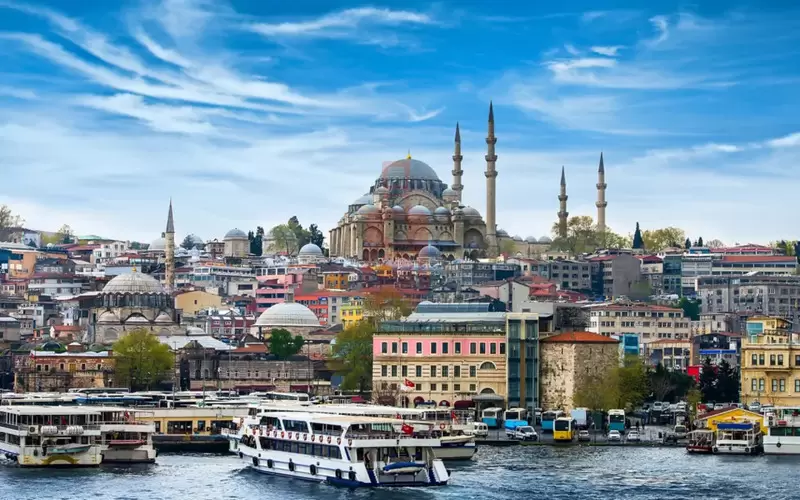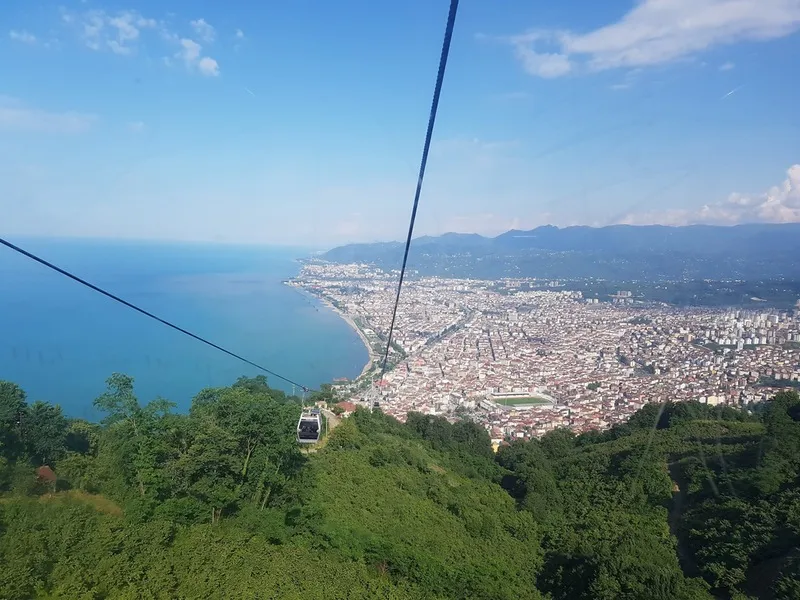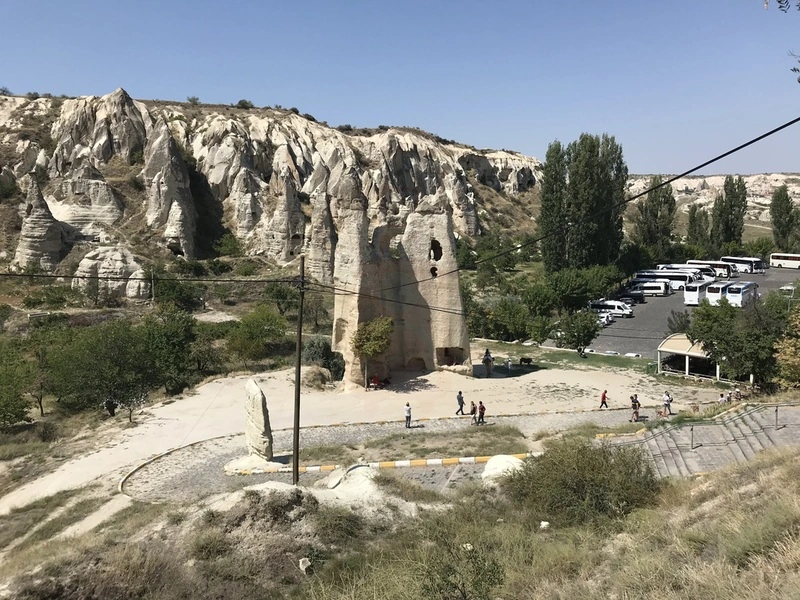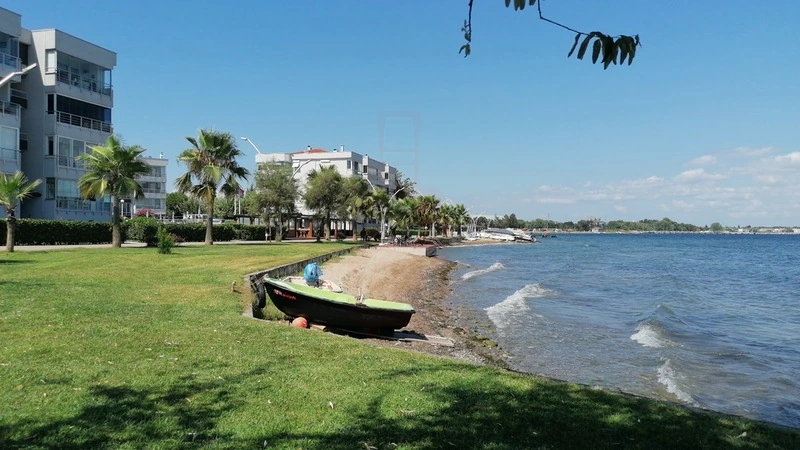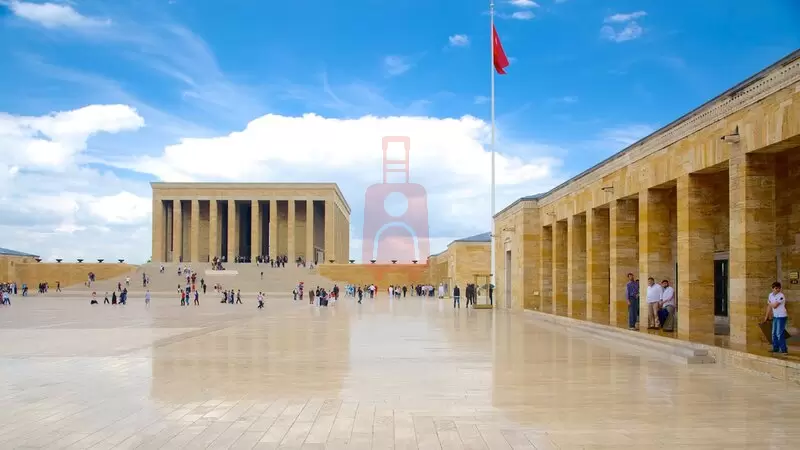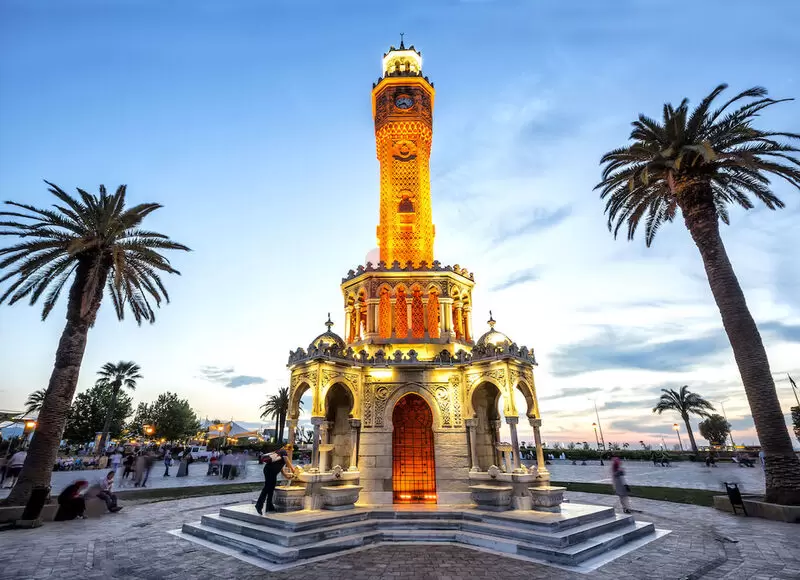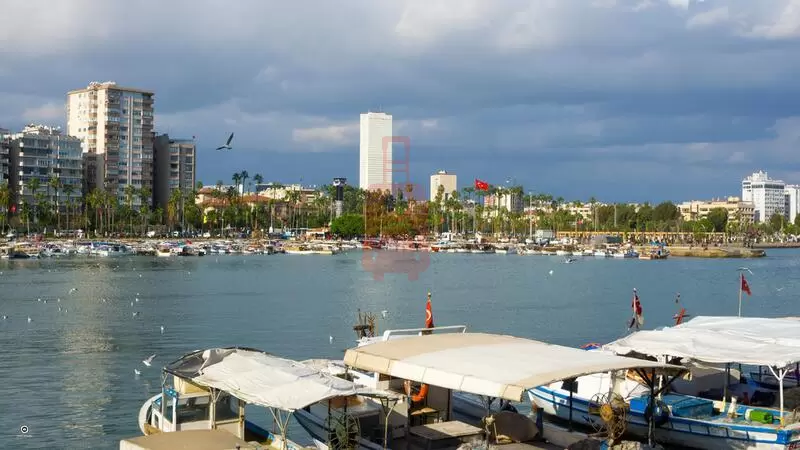
Mersin, situated on Turkey’s sun-soaked Mediterranean coast, is a vibrant city rich in history, culture, and natural beauty. Whether you're an adventurer, history enthusiast, or simply looking to relax by the sea, Mersin offers a variety of daytrip ideas that cater to all types of travelers. From ancient ruins to pristine beaches, here are some of the best daytrip destinations in and around Mersin.
Soli-Pompeiopolis
Start your day with a visit to Soli-Pompeiopolis, an ancient city that dates back to the 7th century BC. Located just 14 kilometers from the center of Mersin, this archaeological site is a perfect destination for history lovers. The city was once a thriving port during the Roman period, and today, visitors can explore its ruins, including the remnants of Roman columns and the ancient agora. The long-standing columns, some standing over 9 meters tall, create a striking image against the backdrop of the Mediterranean Sea.
While wandering through the site, you’ll get a sense of how the city once functioned as a bustling trade hub. The Roman road that runs through the center of the ruins is still visible, and you can easily imagine the ancient traders and residents who once walked here. Soli-Pompeiopolis is a perfect destination for those interested in history, offering a serene yet thought-provoking journey into the ancient world.
Cennet and Cehennem Sinkholes
A short drive from Mersin will bring you to one of the region’s most unique natural wonders: the Cennet and Cehennem (Heaven and Hell) sinkholes. Located in the Silifke district, about an hour from Mersin, these two massive sinkholes have long been shrouded in legend and myth.
Cennet, meaning "Heaven," is the larger of the two sinkholes and is accessible via a steep 450-step staircase that leads down into a lush, green chasm. At the bottom, you'll find a small church built into a cave, believed to date back to the Byzantine period. The descent can be challenging, but the serene atmosphere and the sight of the ancient church make the effort worthwhile. The sinkhole is filled with greenery and offers a peaceful retreat from the outside world.
In contrast, Cehennem, meaning "Hell," is a deeper and narrower sinkhole that is not accessible to visitors, but you can view it from a nearby observation platform. According to legend, this sinkhole was believed to be the entrance to the underworld, adding an air of mystery to the site. The sinkholes are a must-see for travelers looking to experience Mersin’s natural beauty and ancient legends.
Kızkalesi
For those seeking a day by the sea, Kızkalesi is the perfect destination. Located about an hour’s drive from Mersin, this small coastal town is home to one of the region’s most iconic landmarks: Maiden’s Castle, or Kızkalesi. The castle sits on a small island just off the coast and was originally built during the Byzantine era to protect the region from pirates. The castle is surrounded by the crystal-clear waters of the Mediterranean, making it a picturesque spot for both history and beach lovers.
You can take a short boat ride to the castle and explore its ancient walls, while enjoying panoramic views of the coastline. After visiting the castle, spend some time relaxing on Kızkalesi Beach, where the golden sand and warm waters provide the perfect setting for sunbathing and swimming. The beach is family-friendly, and there are plenty of local cafes and restaurants nearby where you can enjoy fresh seafood and traditional Turkish dishes.
Tarsus
History enthusiasts should not miss a daytrip to Tarsus, one of the oldest continuously inhabited cities in the world, situated just 30 kilometers from Mersin. Tarsus is steeped in history and is famous as the birthplace of Saint Paul the Apostle. Start your visit at St. Paul's Well, a significant Christian pilgrimage site. The well is believed to have been used by St. Paul himself and is surrounded by ancient ruins.
From there, head to the Tarsus Waterfall, a beautiful natural site where the Berdan River cascades over limestone rocks. The waterfall is a peaceful spot, perfect for a leisurely walk or a picnic. Nearby, you can visit the ancient Roman Road, which has been preserved in excellent condition. Walking along the ancient stones, you can almost imagine the Roman legions that once marched through the city.
Tarsus also boasts its own Grand Mosque, originally built in the 16th century. The mosque is a beautiful example of Ottoman architecture, and its peaceful courtyard is a great place to relax and reflect. A walk through the old town of Tarsus reveals traditional stone houses, narrow streets, and a vibrant market where you can shop for local produce and handicrafts.
Kanlıdivane
For a mix of history and nature, head to Kanlıdivane, an ancient city set around a massive sinkhole, located about 60 kilometers from Mersin. Kanlıdivane was once known as Kanytella and was an important religious and agricultural center during the Hellenistic and Roman periods. The name "Kanlıdivane" translates to "Bloody Madman," a reference to legends that criminals were once thrown into the sinkhole as punishment.
At Kanlıdivane, you can explore the ruins of temples, tombs, and ancient city walls, all set against the backdrop of the dramatic sinkhole. The site is peaceful and relatively uncrowded, allowing visitors to take their time and explore the ruins at their leisure. The panoramic views from the edge of the sinkhole are particularly striking, and the site is surrounded by olive groves and wildflowers, adding to its tranquil atmosphere.
Yumuktepe Mound
For those interested in ancient history, Yumuktepe Mound is a must-visit archaeological site located within Mersin itself. This ancient settlement dates back over 9,000 years and is one of the earliest known sites of human habitation in the region. Excavations at Yumuktepe have revealed layers of civilization, from the Neolithic period to the Byzantine era.
Although the site may not have the grandeur of other ancient ruins, it offers a fascinating glimpse into the prehistoric past of the region. Visitors can see the remains of ancient fortifications, houses, and tools used by the early inhabitants of the area. The site is still being excavated, and ongoing research continues to uncover new insights into the lives of the people who once lived here. Yumuktepe is a great destination for those interested in archaeology and the early history of human civilization.
Narlıkuyu and Heaven and Hell Caves
Just a short distance from the Cennet and Cehennem sinkholes lies the charming coastal village of Narlıkuyu, known for its fresh seafood and beautiful bay. After exploring the sinkholes, head to Narlıkuyu for a relaxing lunch at one of the seaside restaurants, where you can enjoy freshly caught fish and traditional mezes.
Nearby, you can also visit the Heaven and Hell Caves. The Heaven Cave is a large chasm that can be accessed by a staircase leading down into the earth. At the bottom, you'll find a small chapel, adding an element of mystery and history to the site. The Hell Cave, on the other hand, is much deeper and inaccessible, but you can view it from a platform above.
Conclusion
Mersin is a region brimming with daytrip opportunities that cater to a wide range of interests, from exploring ancient ruins and natural wonders to relaxing on pristine beaches and discovering local culture. Whether you're interested in history, nature, or simply enjoying the laid-back Mediterranean lifestyle, Mersin offers a variety of destinations that will leave you with lasting memories. With its mix of historical treasures and stunning coastal landscapes, Mersin is an ideal base for daytrips that showcase the best of Turkey’s Mediterranean coast.
